AUCKLAND, NEW ZEALAND – APRIL 24: A Titirangi house is decorated to commemorate Anzac Day, on April 24, 2020 in Auckland, New Zealand. New Zealanders are preparing to commemorate Anzac Day differently on 25 April due to the national COVID-19 lockdown then in place.
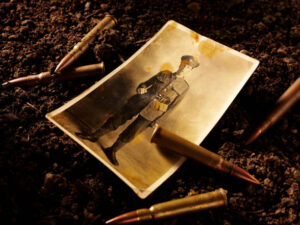
With traditional Anzac Day ceremonies cancelled due to the global COVID-19 pandemic, New Zealanders finding ways to remember the day while current lockdown restrictions were in place.
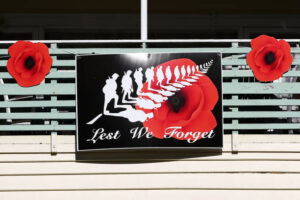
Anzac day is a national holiday in New Zealand, traditionally marked by a dawn service held during the time of the original Gallipoli landing and commemorated with ceremonies and parades throughout the day.

Anzac Day commemorates the day the Australian and New Zealand Army Corp (ANZAC) landed on the shores of Gallipoli on April 25, 1915, during World War 1.
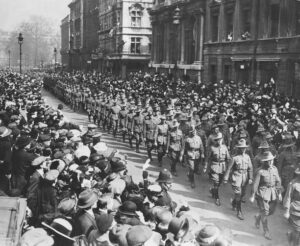
MELBOURNE, AUSTRALIA – APRIL 25 : Dignitaries line up during the Anzac dawn service, held at the Shrine of Remembrance, during the Anzac dawn service, held at the Shrine of Remembrance, on the 101st anniversary of the Australian and New Zealand Army Corp (ANZAC) landing on the Turkey’s Gallipoli Shores within the World War 1, on April 25, 2016 in Melbourne, Australia. Anzac Day is a national holiday in Australia, marked by a dawn service held during the time of the original Gallipoli landing.
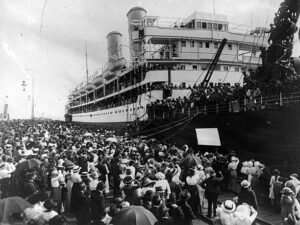
Anzac Day is observed on 25 April every year and honours members of the Australian and New Zealand Army Corps (Anzac) who lost their lives in foreign conflicts.
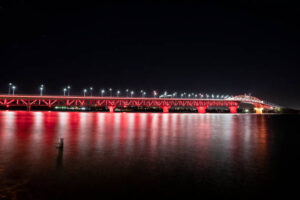
Originally inaugurated to mark the anniversary of Anzac troops entering the fray against the Ottomon Empire at Gallipoli in the First World War, the scope of this national day of remembrance has since been broadened out of respect for those killed during the Second World War and on subsequent peacekeeping missions around the globe.
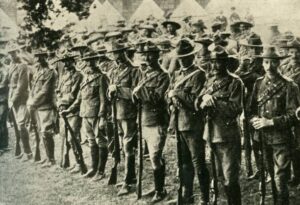
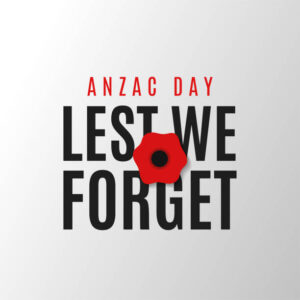
The Gallipoli campaign in 1915 saw 8,709 Australian troops and 2,721 New Zealanders killed in the Allied attempt to recapture the peninsula and open up the Black Sea en route to claiming Constantinople and disabling a key German ally.
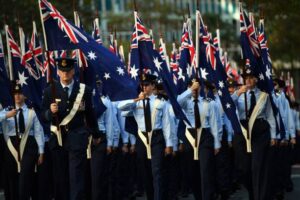
Ataturk would later welcome the first Antipodeans to visit the Gallipoli battlefields and “Anzac Cove” – where the soldiers first landed – in 1934 by reciting a poem, the words of which are now inscribed on a monolith at Ari Burnu Cemetery on the beach and at memorials in Canberra and Wellington.
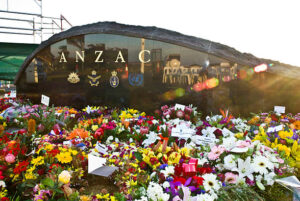
The ultimate sacrifice made by Anzac soldiers on behalf of the Commonwealth had a profound impact on both countries and the “Anzac spirit” of the period is still invoked to stir national unity.
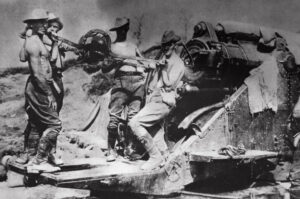
To honour that tradition, commemorative services have been held on 25 April in both countries since 1916, when ex-servicemen first marched in remembrance of their late friends.
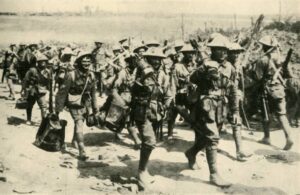
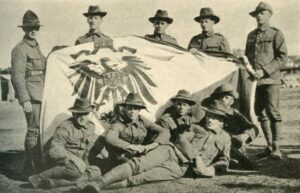
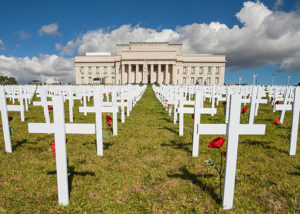
The “Last Post” is also sounded by a regimental bugler and lines recited from Laurence Binyon’s 1914 poem “For the Fallen”, an ode written for those killed on the Western Front at the battles of Mons and Marne:
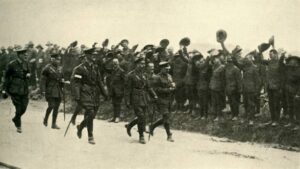
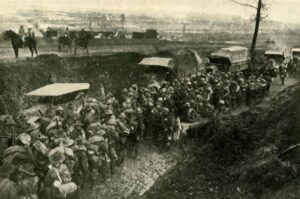
“They shall grow not old, as we that are left grow old:
Age shall not weary them, nor the years condemn.
At the going down of the sun and in the morning,
We will remember them.”

These observances are followed by military parades and further services throughout the day at major cities.
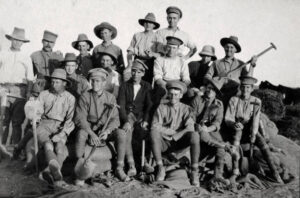
Another distinctive feature of the day is the Anzac biscuit, made according to a traditional recipe using oats, golden syrup and butter and served as a tangible connection to the past – the treat commonly sent by heartsick housewives to their men serving on the frontline as a hardy reminder of home.
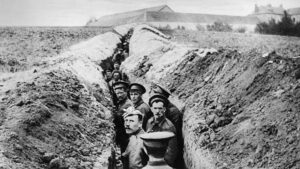
The “gunfire breakfast”, entailing coffee with rum, is also served after many dawn services as a similar nod to the final repast many soldiers tasted before landing at Gallipoli, never to return.
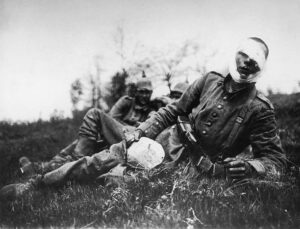
Anzac Day’s popularity waned somewhat from the late 1960s over disillusionment about the Vietnam War and criticism of its political exploitation, but has since experienced a revival as many feel it serves as an important moment of national reflection and an opportunity to celebrate the best of Australian and New Zealand culture.


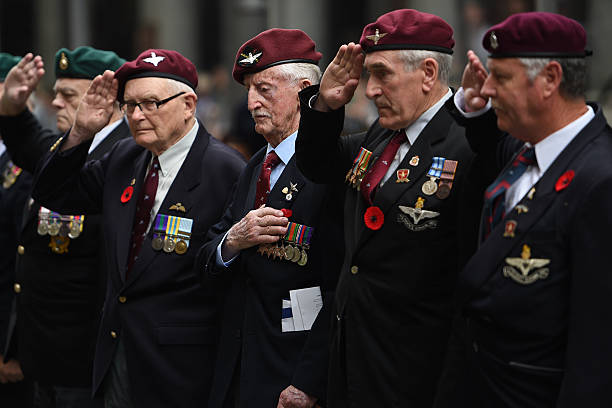
Recent Comments